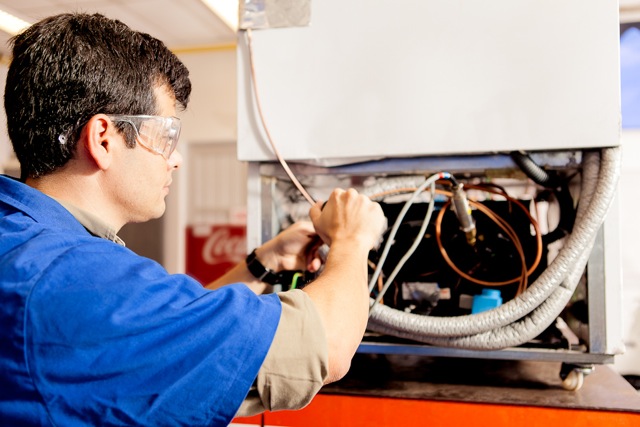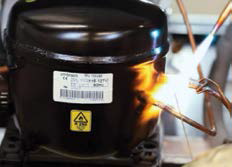In a refrigeration system, the refrigerant is responsible for heat exchange between the external and internal environments. In an article in the Technical Collection section we present the key characteristics of these gases. Click here. With the evolution of technology and a greater concern for the environment, demand for refrigerants that don’t harm the ozone layer and which have a low greenhouse potential has been increasing. Moreover, in several countries, regulations have entered into force which prohibit the use of certain gases that are harmful to the environment.
- USA: The EPA (The United States Environmental Protection Agency), a US federal government agency, intends to ban in all segments the use of HFCs such as R134a and R404A. In the main commercial applications, these gases are already banned and by 2020, all other applications will have to be adapted without the use of hydrofluorocarbons.
- Europe: Europe’s F-gas regulation states that by 2020 R404, R507 and all gases with GWP greater than or equal to 2,500 will be banned. By 2022, R134a gas and all other HFCs will be banned.
- Australia: New regulations are planned to take effect in 2017, based on US DOE (U.S. Department of Energy).
[box side=”alignleft” color=”box-vermelho” pos=”horizontal”] What is ODP and GWP? ODP (Ozone Depletion Potential): index that shows the damage that a substance may cause to the ozone layer. ODP varies from 0 to 1 and the closer to zero, the lower the impact on the ozone layer. GWP (Global Warming Potential): a measure that shows how much a given mass of greenhouse gas contributes to global warming. CO2 is the reference gas for the calculation, and its GWP is 1 by default. The higher the GWP, the greater the impact on global warming. [/box] With high ODP and GWP rates, CFC fluids (chlorofluorocarbons) are virtually extinct and currently new alternatives to HCFCs (hydro chlorofluorocarbons) and HFCs (hydrofluorocarbons) are being sought. Entering the scene are natural refrigerants, especially HCs (hydrocarbons), which don’t deplete the ozone layer and are found in abundance in nature. In addition, HCs have high energy efficiency and are well suited for North America’s EPA regulation (U.S. Environmental Protection Agency). Below you can check out a comparative table of some refrigerants and their potential to destroy the ozone layer and increase global warming.
 Source: The Linde Group, a German industrial gas company.
Source: The Linde Group, a German industrial gas company.
As you can see, HCs have a very low environmental impact and, for refrigeration applications, are viable alternatives to replace a large part of synthetic fluids. However, natural refrigerants are limited to the maximum usable charge of 150g, according to the global safety standard IEC 60335-2-24. In the table below, we list the main HCs for refrigeration, their applications and what fluids they can replace:
Source: The Linde Group, a German industrial gas company.




